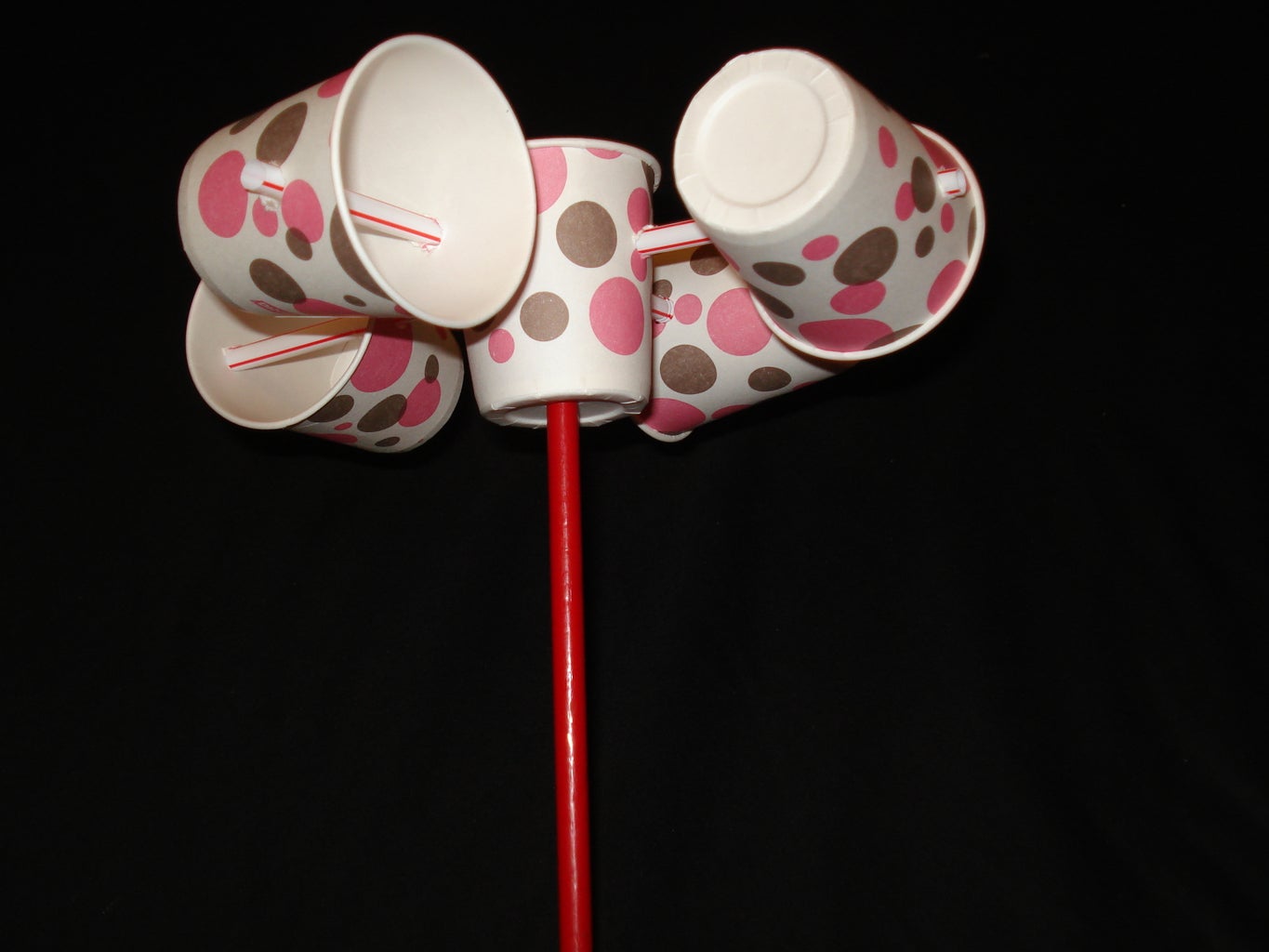Contrasting Digital and Mechanical Anemometers: Which is Right for You?
Contrasting Digital and Mechanical Anemometers: Which is Right for You?
Blog Article
All You Required to Find Out About Anemometers: How They Function, Why They Matter, and Where to Use Them
Anemometers, however usually ignored in the realm of scientific tools, play an essential function in numerous fields, offering useful understandings into wind speed and airflow patterns. Comprehending the mechanics behind these gadgets is important for any person looking for to harness the power of this information. From meteorologists tracking weather patterns to engineers designing frameworks with wind lots in mind, the applications of anemometers are significant and varied. As we look into the ins and outs of anemometer technology, we will uncover the internal functions of these devices, their value, and the key considerations when choosing the ideal anemometer for particular applications.

Anemometer Basics
A necessary tool utilized to measure wind rate and instructions, the anemometer plays a critical duty in meteorology and various sectors. An anemometer usually is composed of three or 4 mugs that turn in the wind, a vane that aims right into the wind, and sensing units to track the rotations or activities.
There are different types of anemometers offered, consisting of cup anemometers, vane anemometers, hot-wire anemometers, and sonic anemometers, each with its unique attributes and applications. Mug anemometers are frequently made use of for fundamental wind speed measurements, while vane anemometers are favored for directional measurements.
Principles of Anemometer Procedure
Structure on the foundational understanding of anemometer essentials, the concepts of anemometer procedure clarify the auto mechanics behind wind speed and direction measurements. Cup anemometers, for circumstances, have 3 or more mugs that capture the wind, creating them to spin quicker as the wind rate increases. Hot-wire anemometers rely on a heated wire that cools down as wind passes over it, with the price of cooling down identifying the wind rate.
Significance of Anemometers
The value of anemometers in weather forecasting and numerous sectors can not be overemphasized. Anemometers play an important duty in measuring wind speed and direction, giving essential data for Find Out More weather forecasting, climate researches, environmental tracking, and aeronautics operations. Meteorologists count on anemometers to collect accurate wind information, aiding them comprehend climate patterns, predict storms, and issue timely cautions to the general public. In markets such as building, farming, eco-friendly energy, and maritime procedures, anemometers are made use of to maximize processes, make certain security, and enhance performance. Wind farm drivers use anemometers to evaluate wind problems and make best use of electrical energy production from wind turbines. In the maritime industry, anemometers aid ship navigating by offering real-time wind information to captains, assisting them make educated decisions to guarantee risk-free voyages. In general, anemometers are important devices that contribute dramatically to safety, performance, and informed decision-making in meteorology and a broad range of markets.
Applications Across Various Industries
In the eco-friendly power field, anemometers play an essential role in evaluating wind problems for wind ranch positionings, making sure optimal power manufacturing. Industries like building and mining make use of anemometers to monitor wind speeds, vital for safety and security protocols, specifically when working at elevations or in open-pit mines where strong winds investigate this site can posture risks. In agriculture, anemometers assist farmers in taking care of plant spraying by providing real-time data on wind speed to stay clear of drift.

Choosing the Right Anemometer for Your Requirements
For basic purposes, a cup anemometer is suitable for measuring wind rate, while a vane anemometer gives wind direction information. Hot-wire anemometers are suitable for reduced airspeed dimensions, and ultrasonic anemometers use high precision and longevity.

Verdict
In final thought, anemometers play a vital role in measuring wind speed and direction across various markets. It is important to take into consideration the relevance of anemometers in order to make enlightened decisions when choosing the most appropriate tool for gauging wind conditions.
There are various kinds of anemometers offered, including mug anemometers, vane anemometers, hot-wire anemometers, and sonic anemometers, each with its distinct features and applications. Cup anemometers are frequently used for basic wind speed dimensions, while vane anemometers are chosen for directional dimensions. Hot-wire anemometers are suitable for reduced airspeeds, and sonic anemometers are optimal for high-precision dimensions in research and commercial setups.Building on the fundamental understanding of anemometer essentials, the concepts of anemometer procedure elucidate the mechanics behind wind rate and direction measurements. For basic objectives, a cup anemometer is suitable for gauging wind rate, while a vane anemometer image source provides wind instructions information.
Report this page